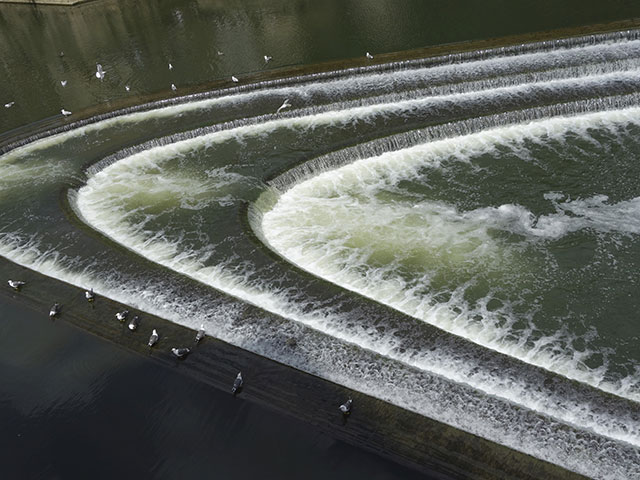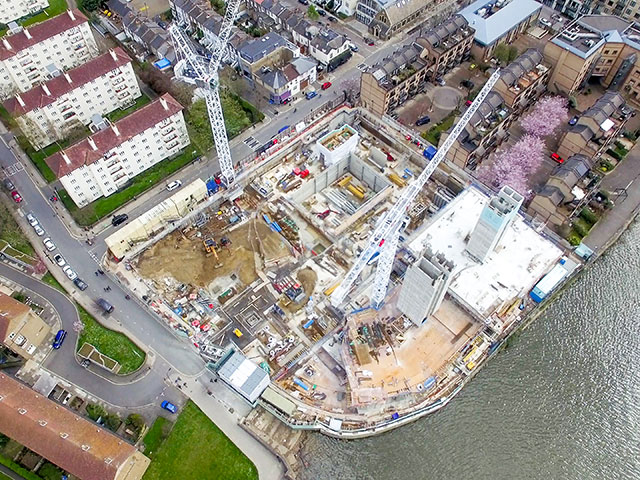
Tetra Tech is working with a major UK water utilities provider on technical solutions that will help it meet its future regulatory performance targets.
Thinking beyond the short-term horizon for environmental goals
In an ever-increasingly complex regulatory landscape, our team is helping our client develop a Framework for Selection of Prioritised Interventions. This framework will help achieve optimised solutions to meet objectives across water quality, flooding, climate regulations, biodiversity, amenity and recreation, and health and wellbeing.
Whereas our client currently operates on a traditional five-year regulatory cycle, our work will enable them to think about the 20-year horizon. It will provide the data and evidence for our client to demonstrate it is achieving long-term environmental goals as efficiently as possible.
“This project is a good example of combining our domestic and U.S expertise to help a prominent UK client address problem differently,” said Andrew Parker, who leads Tetra Tech’s water resources management practice. “In several respects, the UK’s water sector has not felt the same regulatory pressures as the U.S, which means they have not had been as incentivised to pursue more advanced solutions. That gives tools and techniques that we are bringing from the U.S to the UK a lot of value.”
A balancing act to meet objectives with minimum cost
Leaning on the water sector knowledge and experience of the wider Tetra Tech group, our team will employ the same optimiser model used in the U.S to help our client evaluate trade-offs between grey and green infrastructure solutions.
This model has previously demonstrated to clients in cities like Los Angeles that strategically locating and selecting appropriate green infrastructure can reduce the amount of grey infrastructure (constructions that heavily consist of concrete), ultimately achieving better results for aspects like flood control and water quality improvement.
“One of the things we’re doing to better identify solutions to problems is to take a holistic view of the entire programme,” said Andrew Parker. “Rather than solely look at flooding issues, our optimiser model looks at a collection of possible solutions and how they might resolve a combination of impacts from water quality, flooding, carbon impact, biological impact, etc.”
Through a series of optimisation and prioritisation techniques, the optimiser model will ensure that the water utility provider can make informed decisions regarding the solutions with the lowest impact and cost rate.


